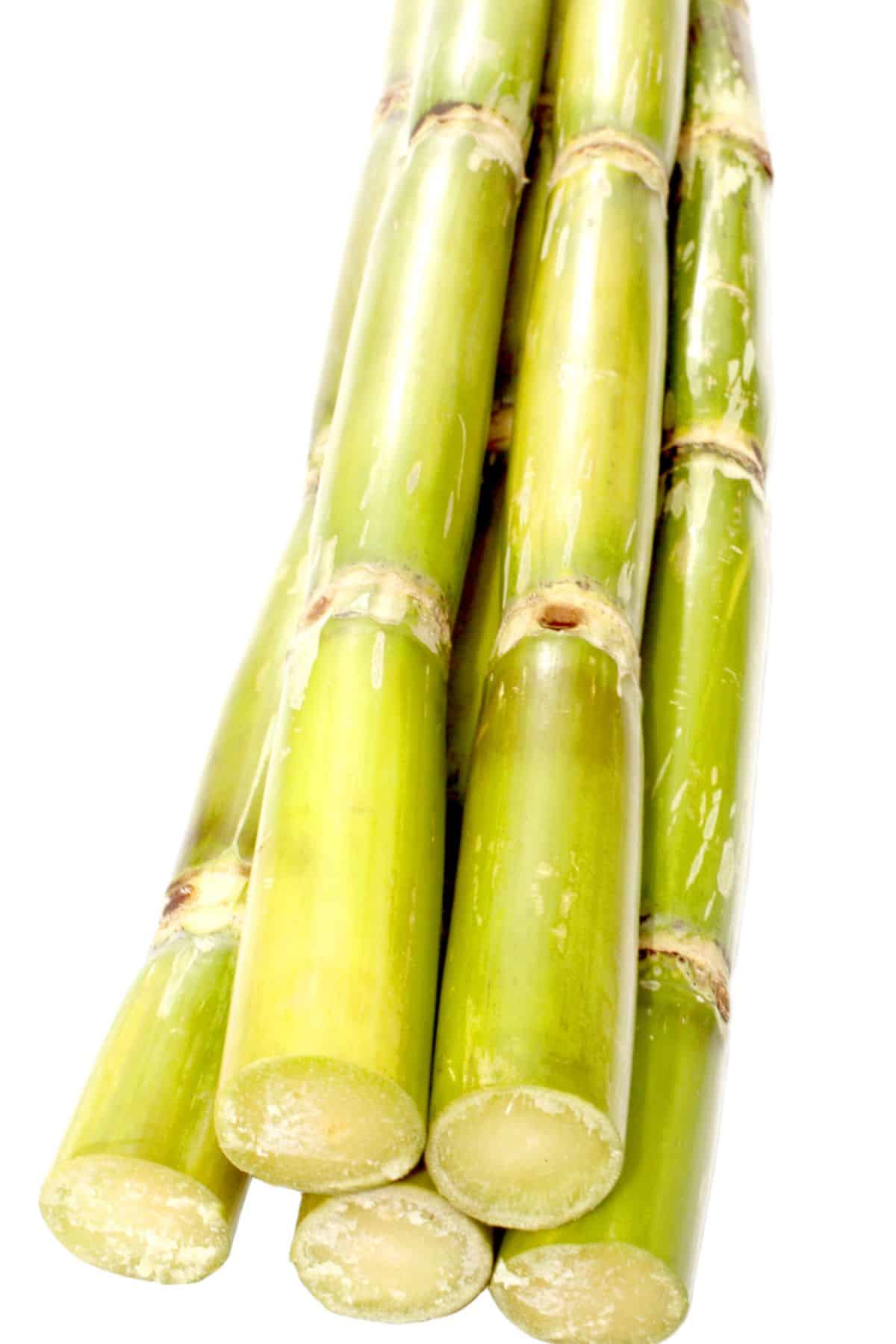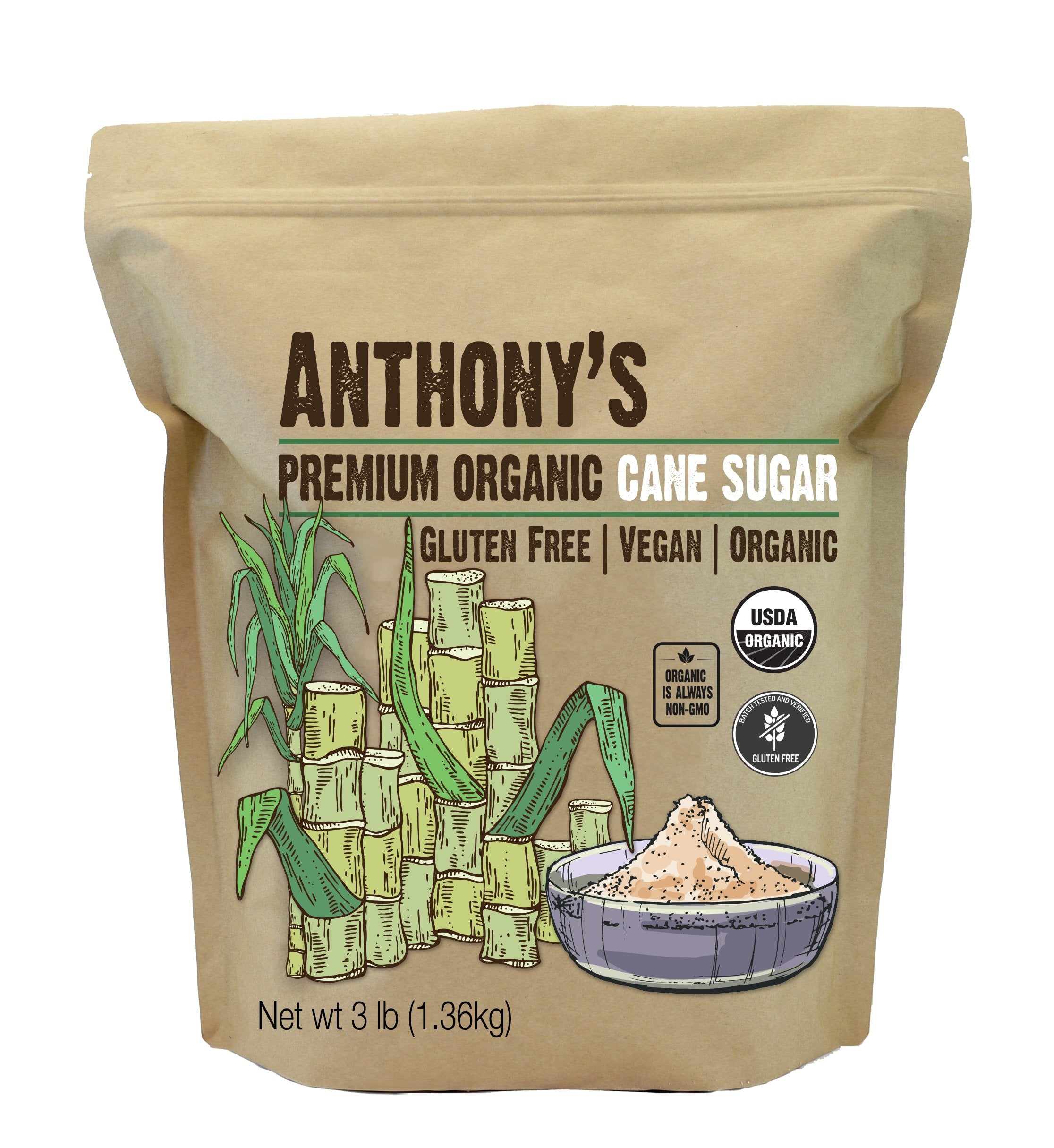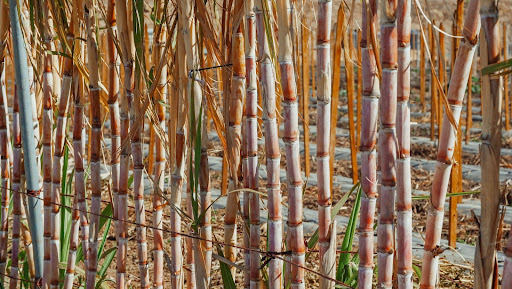Comprehending Cane Sugar Processing: A Comprehensive Introduction of the Stages
Discovering the Comprehensive Tips Associated With Cane Sugar Processing From Harvesting to Refinement
The process of walking stick sugar production encompasses a series of elaborate steps, beginning with the careful harvesting of sugarcane and finishing in the improvement stages that ensure the final item satisfies industry criteria. Each phase, from the extraction of juice to the purification and formation procedures, plays a critical role in establishing the high quality and personality of the sugar.
Harvesting Sugarcane
Gathering sugarcane is an essential step in the cane sugar processing chain, as it directly influences the quality and yield of the end product. Proper timing and techniques are important during this phase to ensure optimal sugar content and lessen losses. Typically, sugarcane is harvested when it reaches maturity, typically 12 to 18 months after planting, identified by a high sucrose focus.

Post-harvest, the sugarcane should be processed swiftly to avoid sucrose deterioration. Ideally, harvested cane should be delivered to refining centers within 24-hour to maintain sugar quality. As a result, efficient logistical preparation is important to keep the stability of the collected plant throughout the supply chain.
Extraction Refine

The smashed walking cane undergoes a collection of pressing operations to optimize juice recuperation. Typically, hot water is sprayed onto the smashed cane, producing a countercurrent circulation that helps liquify the sugar while also helping in the removal procedure. The juice collected from this procedure has not just sugar however additionally different organic substances and contaminations.

To improve removal performance, some facilities may employ diffusion approaches, where the sugarcane is saturated in warm water, allowing the soluble sugars to diffuse right into the liquid. The resulting juice, abundant in sucrose, is after that guided to succeeding handling phases, laying the structure for purification and refinement. The removal process is hence crucial in identifying the quality and return of the last sugar product.
Purification Methods
The filtration methods utilized in walking stick sugar processing are important for transforming the raw juice into a high-grade sugar product. These techniques primarily intend to get rid of impurities, such as dirt, plant materials, and not natural compounds, which can adversely impact the final product's flavor and shade.
This process involves including lime and warm to the raw juice, which promotes the coagulation of pollutants. Furthermore, the use of phosphoric acid can boost the explanation procedure by further binding contaminations.
One more substantial method is carbonatation, where carbon dioxide is introduced to the cleared up juice. This reaction creates calcium carbonate, which captures staying contaminations and promotes their elimination.
In addition, triggered carbon therapy may be related to adsorb any type of staying colorants and see organic pollutants, making sure an extra refined item. The combination of these techniques efficiently prepares the sugar juice for succeeding steps in the refining procedure, setting the phase for the manufacturing of high-quality walking stick sugar.
Formation Methods
After the purification stage, the next vital action in cane sugar processing includes formation methods, which play an essential duty in transforming the cleared up juice right into solid sugar. This procedure usually uses two key approaches: spontaneous crystallization and regulated condensation.
In spontaneous crystallization, supersaturated sugar remedies are enabled to cool naturally, resulting in the development of sugar crystals over time. This method is less complex yet might lead to irregular crystal sizes and lower purity degrees. On the various other hand, controlled formation is a more precise method where focus, temperature level, and seeding agents are thoroughly managed. This approach permits the consistent development of sugar crystals and greater purity.
Throughout condensation, the clarified juice is focused with evaporation, enhancing its sugar content until it gets to supersaturation. As soon as this point is achieved, either method can facilitate the formation procedure. Cane Sugar Processing. The resultant sugar crystals are then divided from the continuing to be syrup via centrifugation
Inevitably, the option of formation approach affects the top quality, dimension, and purity site link of the last sugar product, making this action essential in the total walking stick sugar processing procedure.
Refinement and Packaging
Exactly how can the purity and high quality of walking stick sugar be further improved after condensation? The improvement procedure plays an essential role in accomplishing premium walking cane sugar. Adhering to condensation, sugar goes through a comprehensive washing to remove impurities and residual molasses. This is typically completed making use of cozy water or steam, which helps liquify and remove unwanted elements while preserving the sugar crystals.
Next, the sugar is subjected to a procedure called centrifugation, where it is spun at high rates to separate the cleansed sugar crystals from the remaining fluid. After centrifugation, the sugar is usually more refined via an approach called carbonization or phosphatation, which utilizes turned on carbon or phosphoric acid to remove shade and off-flavors.
When improved, the sugar is dried to accomplish the wanted dampness material, ensuring that it stays secure throughout storage and transportation. The final action includes packaging the polished sugar in closed and moisture-proof containers to maintain its top quality and avoid contamination. Cane Sugar Processing. Proper packaging not only extends service life however additionally facilitates easy handling and distribution, making certain that consumers receive sugar that meets the greatest requirements of pureness and top quality
Verdict
The extensive actions associated with walking stick sugar handling, from the thorough harvesting of sugarcane to the elaborate refinement and packaging phases, emphasize the relevance of each phase in guaranteeing high-quality sugar production. Optimal harvesting strategies, reliable extraction techniques, and extensive purification procedures jointly add to the final product's pureness and security. The crystallization and succeeding packaging methods further improve the integrity and life span of the sugar, highlighting the intricacy and precision intrinsic in this important agricultural sector.
The procedure of walking stick sugar manufacturing includes a collection of elaborate steps, beginning with the cautious harvesting you could try here of sugarcane and finishing in the improvement phases that ensure the final product meets industry criteria. Preferably, gathered cane ought to be moved to processing facilities within 24 hours to maintain sugar high quality.In spontaneous crystallization, supersaturated sugar remedies are allowed to cool naturally, leading to the formation of sugar crystals over time - Cane Sugar Processing. The refinement process plays a crucial role in attaining high-grade cane sugar.The detailed steps entailed in cane sugar handling, from the precise harvesting of sugarcane to the detailed refinement and product packaging stages, emphasize the importance of each phase in ensuring high-grade sugar production